What is a JRPG? Video game scholars, gamers and developers have pondered the question for over four decades since it first appeared. Some say it doesn’t make sense, some developers Japanese actually feel that it is derogatory, which is totally valid. Let’s try to define it and see where we land.
Table of Contents
What is a JRPG and what does JRPG stand for?
JRPG stands for “Japanese role-playing game.” It is a subgenre of role-playing video games that originated in Japan. JRPGs typically feature a fantasy or science fiction setting and follow a linear narrative structure, with the player taking on the role of a character who embarks on a quest and battles enemies in turn-based combat.
Many JRPGs also have character customization options, such as the ability to choose the character’s name and appearance, and offer branching storylines and multiple endings based on the player’s choices. Some well-known examples of JRPGs include the Final Fantasy series, the Dragon Quest series, and the Pokemon series.

Definition of a JRPG
A Japanese role-playing game (JRPG) is a type of video game that originated in Japan and is characterized by its focus on character development, storytelling, and turn-based combat. In a JRPG, the player typically takes on the role of the main character who embarks on a quest, battles enemies, and progresses through a linear narrative structure.
JRPGs often have a fantasy or science fiction setting and offer character customization options, such as the ability to choose the character’s name and appearance. Many JRPGs also feature branching storylines and multiple endings based on the player’s choices.
History of JRPG
The Japanese role-playing game (JRPG) genre has its roots in tabletop games like Dungeons and Dragons, which was first released in 1974. This tabletop game was the first RPG and was relatively popular in the late 20th century.
The Black Onyx, released in 1984 for the PC-8801, was the first computer-based RPG in Japan and was quite successful. In 1986, Yuji Horii released the first Dragon Quest, which sold over 2 million copies in Japan alone and was a major step in making the JRPG genre mainstream in Japan.
The JRPG genre has since evolved over the years, with various subgenres like turn-based, action, and tactical/strategy. Popular games like Final Fantasy and Chrono Trigger have helped push the genre forward, and modern games like the Persona series have pushed the limits of storytelling in the JRPG genre.
>> Learn more about the history of JRPGs
The linear narrative structure of JRPG
In a Japanese role-playing game (JRPG), the player usually follows a linear narrative structure, which means that the story progresses in a predetermined sequence and follows a specific plot. This is in contrast to an open-world game, in which the player has more freedom to explore and choose their own path through the game world.
However, we see more and more games, especially recently, that try to embrace the open world structure while still keeping the player on a predetermined path. Final Fantasy XV is a good example of this approach and Tales of Arise in another.
In a JRPG, the player typically follows the main character on a quest, progressing through a series of story events that are revealed as the game progresses. The player may have some choice in how they approach certain situations or which actions they take, but the overall story and outcome are often predetermined.
The linear narrative structure of JRPGs allows for a more focused and immersive storytelling experience, as the player can become deeply invested in the plot and characters. However, it can also limit the player’s freedom and replay value, as the player cannot explore different paths or outcomes.
On the opposite side of the spectrum, some JRPGs are going full steam with freedom and choices like the polarizing SaGa series from Akitoshi Kawazu with its unorthodox progression. While the linearity is definitely a characteristic of JRPGs used by the majority, it doesn’t mean it’s the only option.

Fantasy or science fiction setting of JRPG
often with elements of magic, mythical creatures, and futuristic technology. The setting of a JRPG can have a significant impact on the overall tone and feel of the game, as well as the types of characters, enemies, and abilities available to the player.
Fantasy settings are often inspired by myth, folklore, and legend, and may include elements such as dragons, wizards, and enchanted weapons. Science fiction settings, on the other hand, are often set in the future or in an alternate reality and may include elements such as advanced technology, space travel, and extraterrestrial life forms.
The choice of a fantasy or science fiction setting can greatly influence the design and gameplay of a JRPG. For example, a game set in a fantasy world may feature turn-based combat with swords and magic, while a game set in a science fiction world may feature ranged weapons and futuristic technology.
The setting can also affect the overall mood and atmosphere of the game, with fantasy settings often having a more whimsical and fantastical feel, and science fiction settings often having a more futuristic and dystopian feel.
Turn-based combat in JRPG
Turn-based combat is a type of combat system used in many Japanese role-playing games (JRPGs). In turn-based combat, the player and the enemies take turns making actions, such as attacking, defending, or using special abilities. The order in which the characters take their turns is determined by their stats, such as speed and agility.
Turn-based combat allows the player to carefully plan their actions and consider their strategy before making a move. It can also be easier for players who are new to RPGs, as it allows for a more leisurely pace and allows the player to familiarize themselves with the game’s mechanics.
However, turn-based combat can also be less dynamic and engaging than real-time combat, as the player must wait for their turn to make an action. Some players may also find it to be less immersive or less realistic than real-time combat.
Turn-based combat is a staple of many JRPGs, but it is not the only type of combat system used in the genre. Some JRPGs, such as the Final Fantasy series, have used a hybrid system that combines turn-based combat with real-time elements. Other JRPGs, such as the the Kingdom Hearts series have used a real-time combat system.

Random Encounters in JRPGs?
Random encounters are a common gameplay mechanic in Japanese role-playing games (JRPGs) in which the player encounters enemies or other events randomly as they explore the game world. These encounters may be initiated by the player, such as by walking into an enemy on the game map, or they may be triggered automatically, such as by entering a specific area.
Random encounters allow the player to encounter enemies or other events without having them visible on the game map, and can add an element of surprise and challenge to the game. They are often used in JRPGs to increase the player’s chances of finding rare items or gaining experience points, as well as to add variety to the gameplay.
Random encounters can be a controversial gameplay mechanic, as some players may find them frustrating or tedious. They are often less common in modern games, but are still found in some JRPGs and other types of RPGs.
Character customization in JRPG
This might be the biggest difference between role-playing games made in Japan and those made in the West. This is where the definition of “role-playing” diverge. For the former, it is about playing the role of a predetermined character with or without a given name (Final Fantasy, Dragon Quest, Persona) while the latter is playing the role of the hero making each playthrough as diverse as the number of players and their imagination (The Elder Scrolls, Fallout, Dragon Age).
Once again, those “rules” are not set in stones and character customization can appear in JRPGs like in Dragon’s Dogma and predetermined heroes can be a thing in WRPGs like in Disco Elysium. But more often than not, JRPGs tend to forego the customization or making it very limited (SaGa 2 The Goddess of Destiny).
Then we have to understand what we mean by character customization. In my humble opinion, I consider aesthetic customization as character customization. On the other hand, the possibility to equip your character with weapons, armor and accessories is not, for me, character customization as it’s part of the gameplay and affects the progression.
Branching storylines and multiple endings in JRPG
Branching storylines and multiple endings are features found in some Japanese role-playing games (JRPGs) that allow the player’s choices to affect the outcome of the game.
In a game with a branching storyline, the player may be presented with multiple choices during certain points in the game, and the story will branch out based on the player’s selection. For example, the player may be asked to choose between two different paths to take, or to make a moral decision that will affect the plot.
Multiple endings are game endings that are determined by the player’s choices and actions throughout the game. Depending on the player’s choices, they may experience a different ending to the game. For example, a game with three different endings might have a “good” ending, a “neutral” ending, and a “bad” ending, with the player’s actions determining which ending they receive.
Branching storylines and multiple endings can add replay value to a JRPG, as players may want to see all of the different possible outcomes. They can also make the game feel more interactive and immersive, as the player’s choices can have a direct impact on the game’s story. However, they can also be time-consuming to implement and may not be suitable for all types of games.
What are the differences with JRPG, Western games and Dungeon Crawlers?
Japanese role-playing games (JRPGs), Western games, and dungeon crawlers are all genres of video games that have their own unique characteristics and conventions. Here are some key differences between these genres:
- JRPGs: JRPGs are a subgenre of role-playing games that originated in Japan. They are known for their focus on character development, storytelling, and turn-based combat, and often feature a fantasy or science fiction setting. JRPGs typically have a linear narrative structure, in which the player follows a predetermined story and progresses through a series of events. They may also have character customization options, branching storylines, and multiple endings.
- Western games: Western games like “Baldur’s Gate” are a broad term that refers to video games developed in Western countries, such as the United States, Europe, and Canada. They can be any genre of game, including RPGs, but are generally not associated with the conventions of JRPGs. Western games may have more open-world gameplay and real-time combat, and may be more focused on player choice and agency.
- Dungeon crawlers: Dungeon crawlers are a type of role-playing game that focuses on exploring and battling enemies in procedurally generated dungeons. They typically have a top-down or isometric perspective and use real-time or turn-based combat. Dungeon crawlers often have a high level of difficulty and may be more focused on gameplay and combat than on character development and storytelling
What are some examples of JRPGs?
Some well-known examples of Japanese role-playing games (JRPGs) include:
- Final Fantasy series: This long-running franchise is one of the most iconic and influential JRPG series of all time. It features a wide variety of settings, characters, and storylines, and is known for its memorable music, memorable characters, and deep combat system.
- Dragon Quest series: This popular franchise is known for its simple yet engaging gameplay, cute and colorful art style, and memorable characters. It is one of the best-selling video game franchises of all time, and is especially popular in Japan.
- Pokemon series: This hugely popular franchise is known for its collectible creatures, turn-based combat, and engaging RPG elements. It has spawned numerous spin-off games, animated TV shows, movies, and merchandise.
Other well-known JRPGs include “Chrono Trigger,” “Suikoden,” “Tales of,” “Persona,” “Radiant Historia“, “Persona 5 Royal“, “Etrian Odyssey“, “NieR: Automata,” and “Octopath Traveler.”
Is Final Fantasy a JRPG?
Yes, the “Final Fantasy” series is a Japanese role-playing game (JRPG) franchise. The series was created by Square (now Square Enix) and has been a mainstay of the JRPG genre since its debut in 1987. The series is known for its epic storylines, memorable characters, and deep combat system, and has sold over 160 million copies worldwide.
Each game in the series is set in a different world with its own unique story and characters, but they all share common elements such as turn-based combat, character customization, and branching storylines. The “Final Fantasy” series is considered one of the most influential and iconic JRPG franchises of all time.
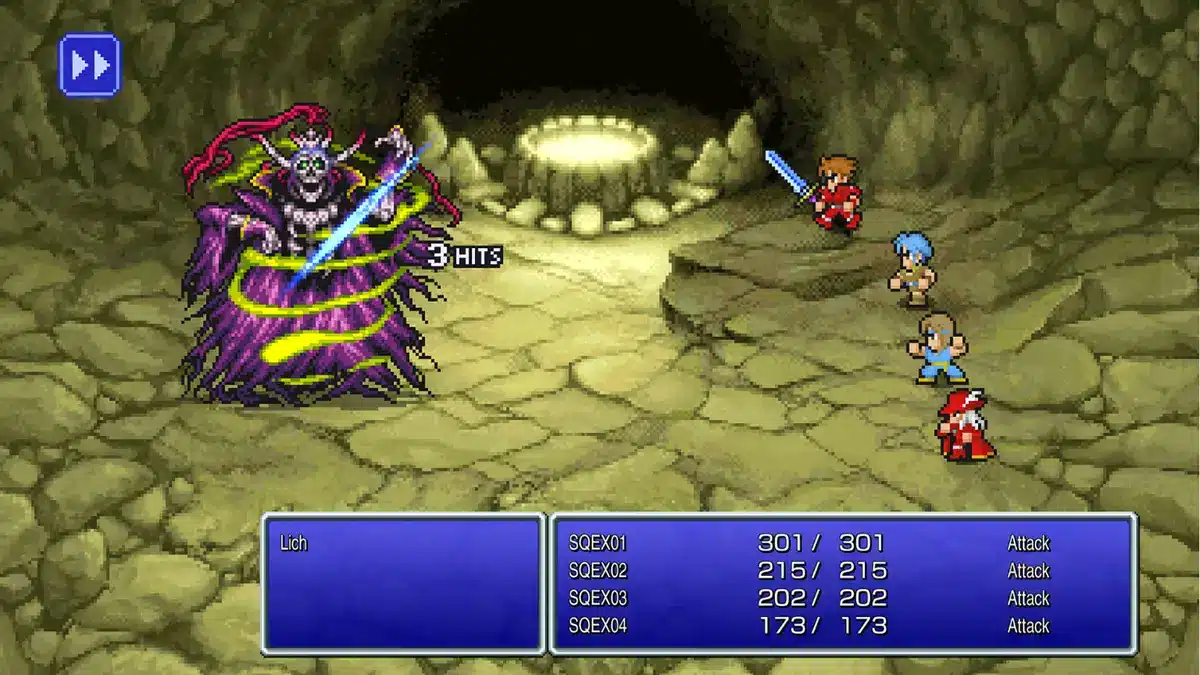
Is Dragon Quest a JRPG?
Yes, the “Dragon Quest” series is a Japanese role-playing game (JRPG) franchise. The series was created by Yuji Horii and has been a mainstay of the JRPG genre since its debut in 1986. The series is known for its simple yet engaging gameplay, cute and colorful art style, and memorable characters, and has sold over 78 million copies worldwide.
Each game in the “Dragon Quest” series is set in a different world with its own unique story and characters, but they all share common elements such as turn-based combat, monsters, and connected storylines. The “Dragon Quest” series is especially popular in Japan, and is one of the best-selling video game franchises of all time.
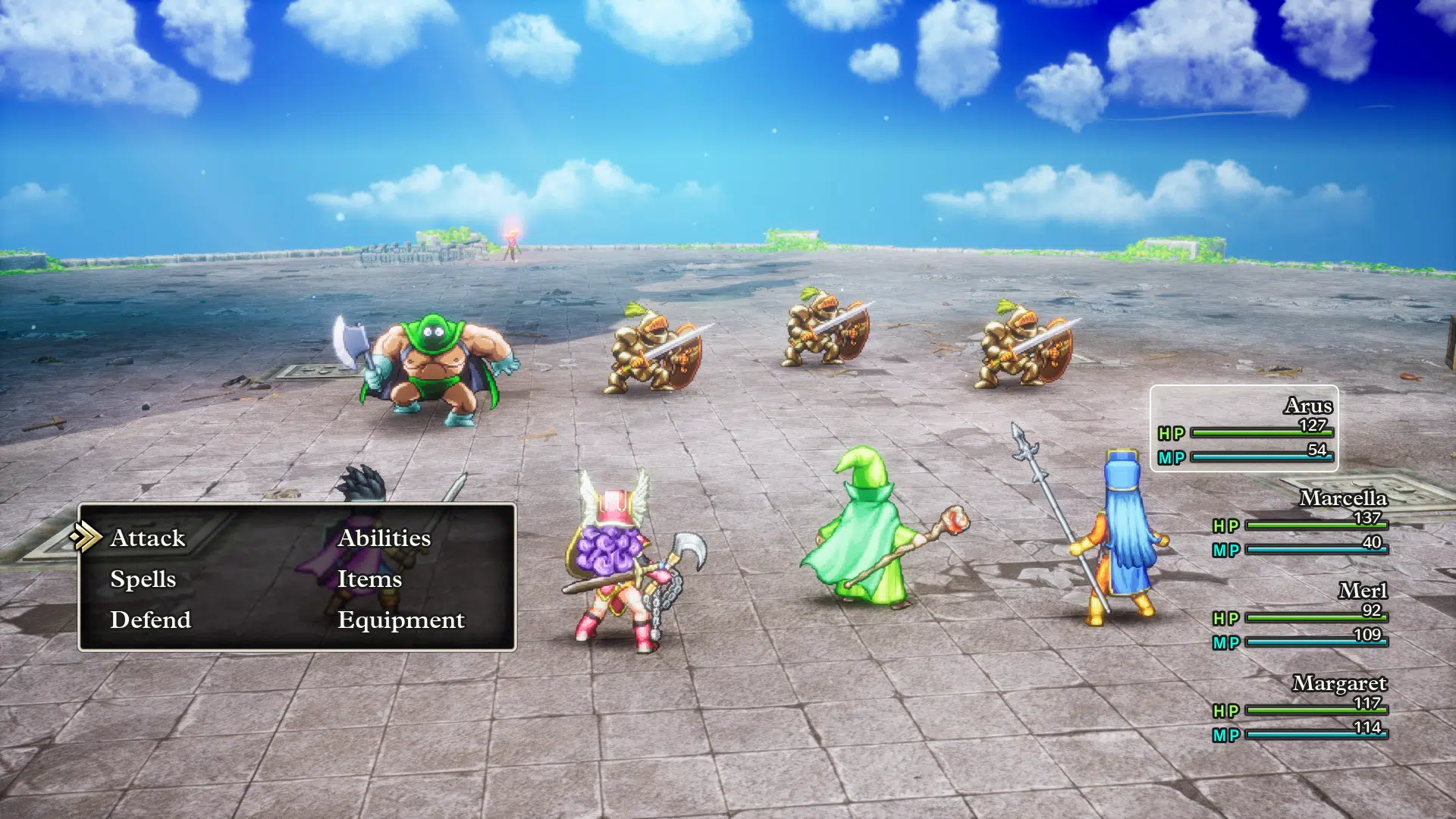
Is Pokemon a JRPG?
Yes, the “Pokemon” series is a Japanese role-playing game (JRPG) franchise. The series was created by Game Freak and has been a mainstay of the JRPG genre since its debut in 1996. The series is known for its collectible creatures, turn-based combat, and engaging RPG elements, and has sold over 365 million copies worldwide.
In the “Pokemon” games, the player takes on the role of a trainer who catches and trains creatures called Pokemon. The player travels through the game world, battling other trainers and collecting new Pokemon. The series is known for its vibrant and colorful art style, and has spawned numerous spin-off games, animated TV shows, movies, and merchandise.
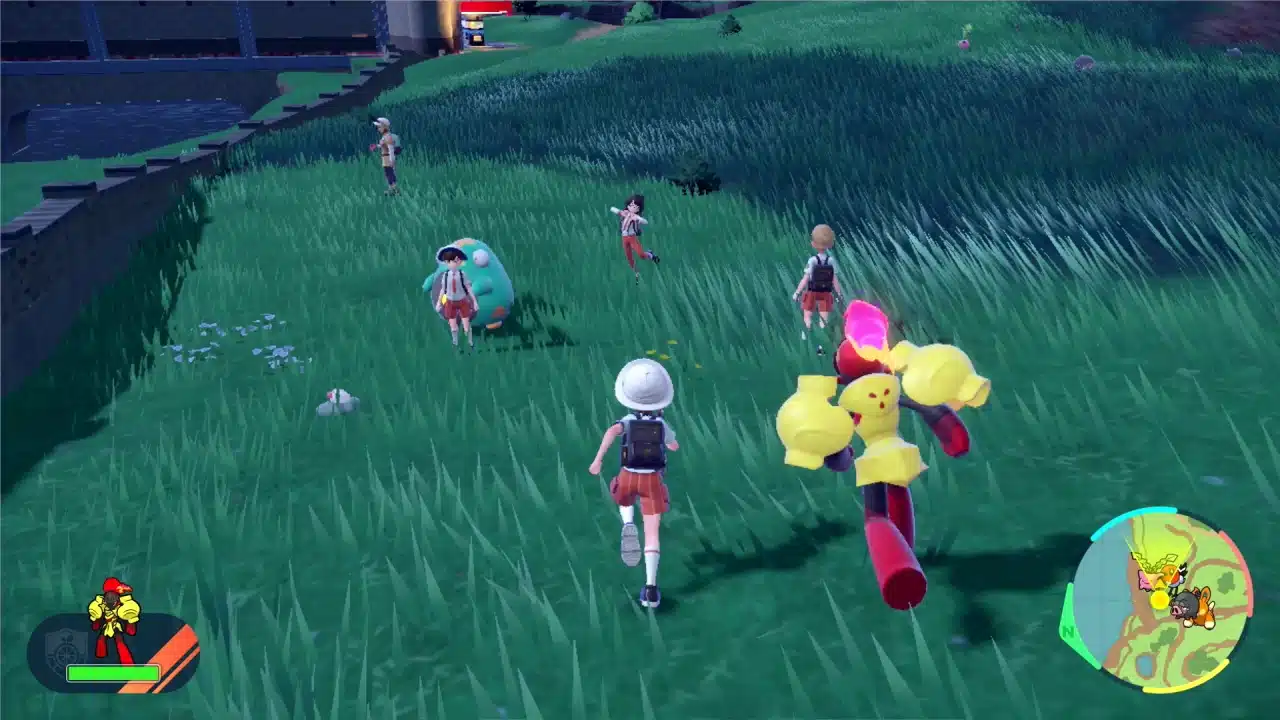
Is Persona a JRPG?
Yes, “Persona” is a Japanese role-playing game (JRPG) franchise. “Persona” is a series of games developed and published by Atlus that combines elements of role-playing, social simulation, and turn-based combat. The series debuted in 1996 and has since become a popular and influential franchise in the JRPG genre.
In “Persona,” the player takes on the role of a character who can enter an alternate world called the “Other Side” and battle enemies using personas, powerful beings that represent different aspects of the character’s psyche. The games are known for their deep character development, complex storylines, and immersive gameplay, and have a dedicated fan base. The series has spawned numerous sequels and spin-off games, as well as anime, manga, and other media.
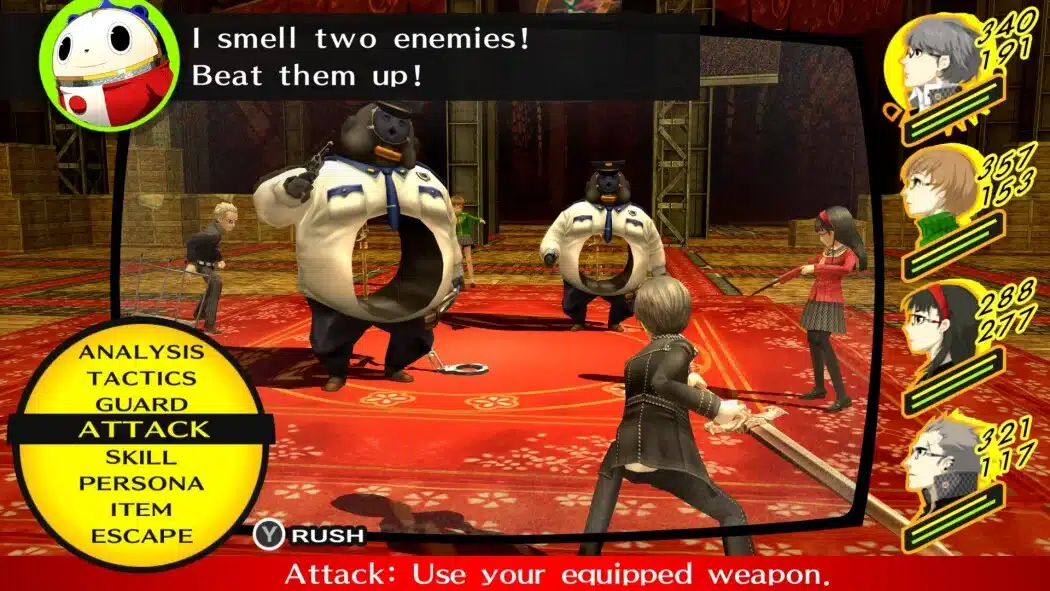
Is Zelda a JRPG?
No, in my opinion, the “Zelda” series is not a Japanese role-playing game (JRPG). The “Zelda” series is an action-adventure game series that was created by Nintendo and debuted in 1986. While it has some RPG elements, such as character progression and item collection, it is not considered a JRPG but rather an action-adventure game. It’s a fine line, though and a point of contention in the community.
In the “Zelda” games, the player takes on the role of a character named Link, who embarks on a quest to save the land of Hyrule. The player travels through the game world, solving puzzles and defeating enemies using weapons and items. The “Zelda” series is known for its challenging gameplay, open-world exploration, and iconic music.
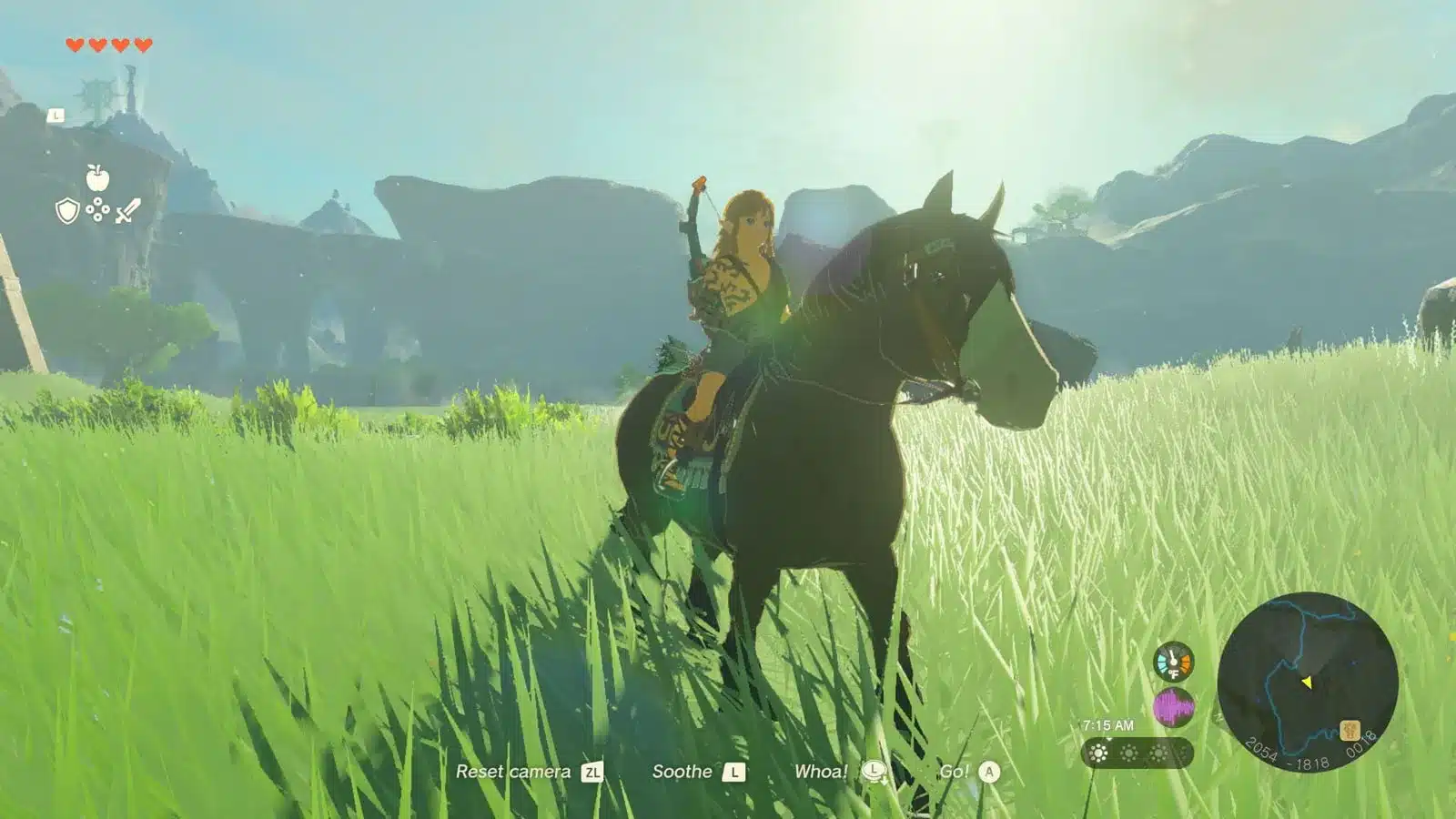
Is Dark Souls a JRPG?
Yes, “Dark Souls” is a Japanese role-playing game (JRPG). “Dark Souls” is an action role-playing game that was developed by FromSoftware and released in 2011. With its heavy RPG elements, such as character progression and item collection, it can be considered a JRPG.
In “Dark Souls,” the player takes on the role of a character who must journey through a dark and dangerous world filled with fearsome enemies and challenging bosses. The game is known for its difficult gameplay, in which the player must learn from their mistakes and adapt to overcome obstacles. “Dark Souls” has a bleak and atmospheric setting and is known for its immersive gameplay and challenging combat.

Is Elden Ring a JRPG?
Yes, Elden Ring is a Japanese RPG. It is an action RPG played in a third person perspective, with gameplay focusing on combat and exploration. It features elements similar to other JRPGs, such as stat point allocations from leveling and customizing your character for your own playstyle. It also includes a world map to help players find their way to points of interest and fast travel, as well as a co-op mode.
However, Elden Ring is different from traditional JRPGs in that it is much darker and more challenging, with a lack of approachability that has traditionally turned away many casual players. It also features helpful features like Summoning Ashes, which enables you to summon AI allies to help you in your biggest battles.
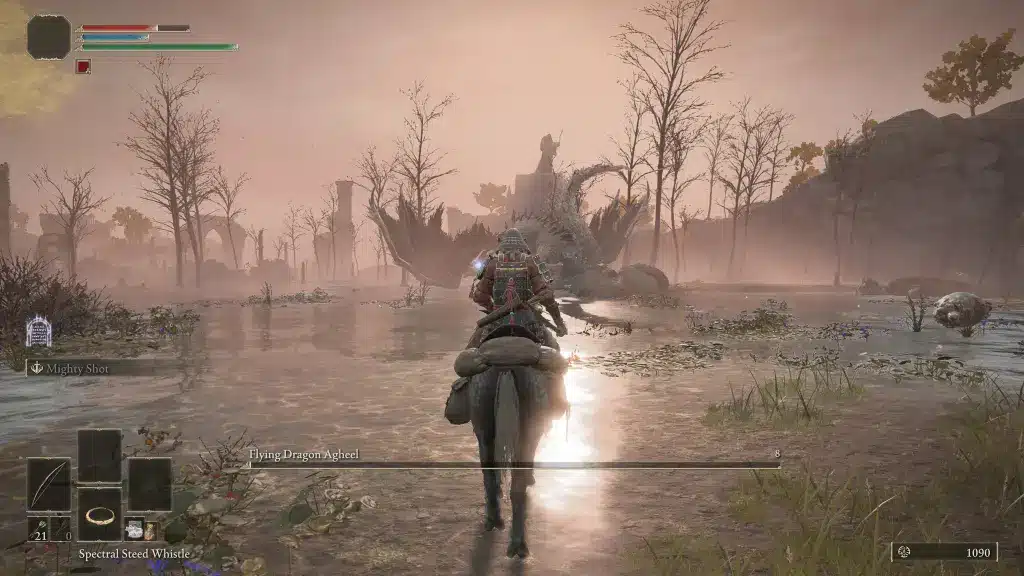
Is Kingdom Hearts a JRPG?
Yes, “Kingdom Hearts” is a Japanese role-playing game (JRPG). “Kingdom Hearts” is an action role-playing game that was developed and published by Square Enix (formerly Square). The series debuted in 2002 and has since become a popular and influential franchise in the JRPG genre.
In “Kingdom Hearts,” the player takes on the role of a character named Sora, who travels through various Disney-themed worlds and battles against the forces of darkness. The game combines elements of action, role-playing, and adventure, and is known for its memorable characters, engaging combat, and catchy music. The series has spawned numerous sequels and spin-off games, and has a dedicated fan base.
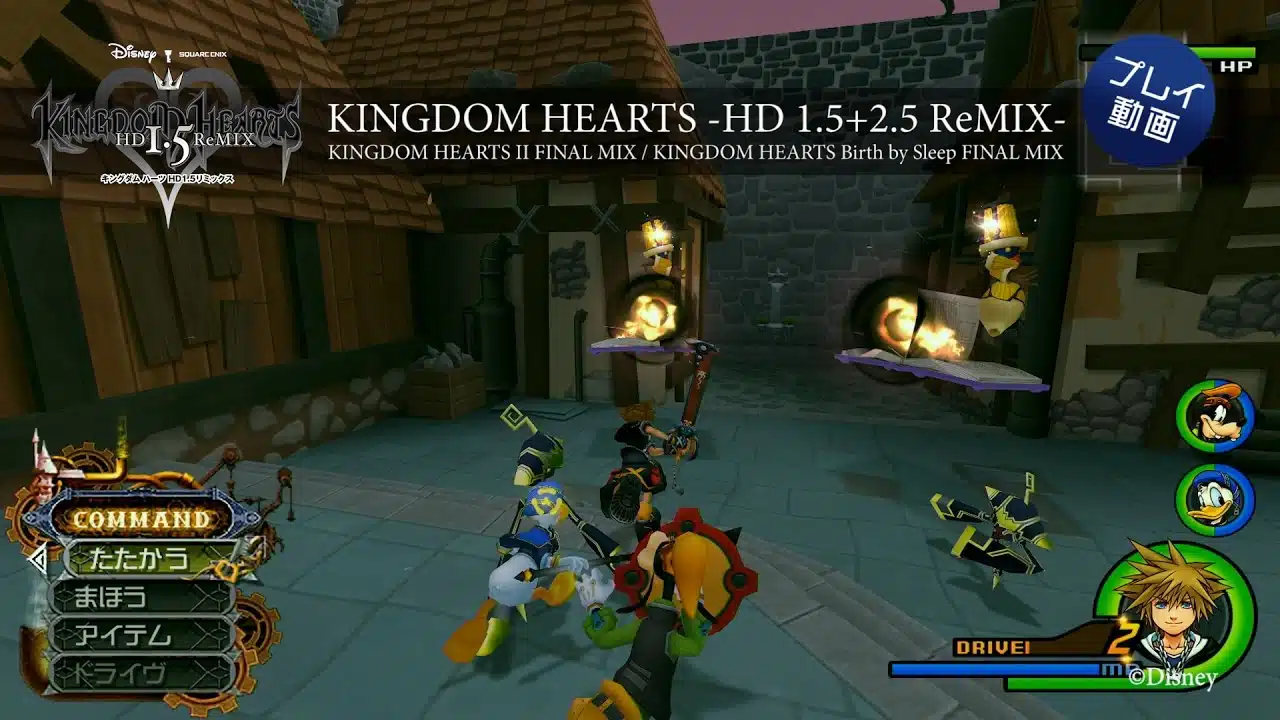
Is Genshin Impact a JRPG?
Yes, “Genshin Impact” is a Japanese role-playing game (JRPG). “Genshin Impact” is an action role-playing game that was developed and published by miHoYo. It was released in 2020 and has become a popular and successful game in the JRPG genre.
In “Genshin Impact,” the player takes on the role of a character who travels through the game world, collecting and battling with various elemental spirits called “Travelers.” The game features an open world, character customization options, and gacha mechanics, in which players can obtain new characters and weapons through randomized “wish” draws. “Genshin Impact” is known for its stunning visuals, engaging gameplay, and wide variety of characters and weapons.
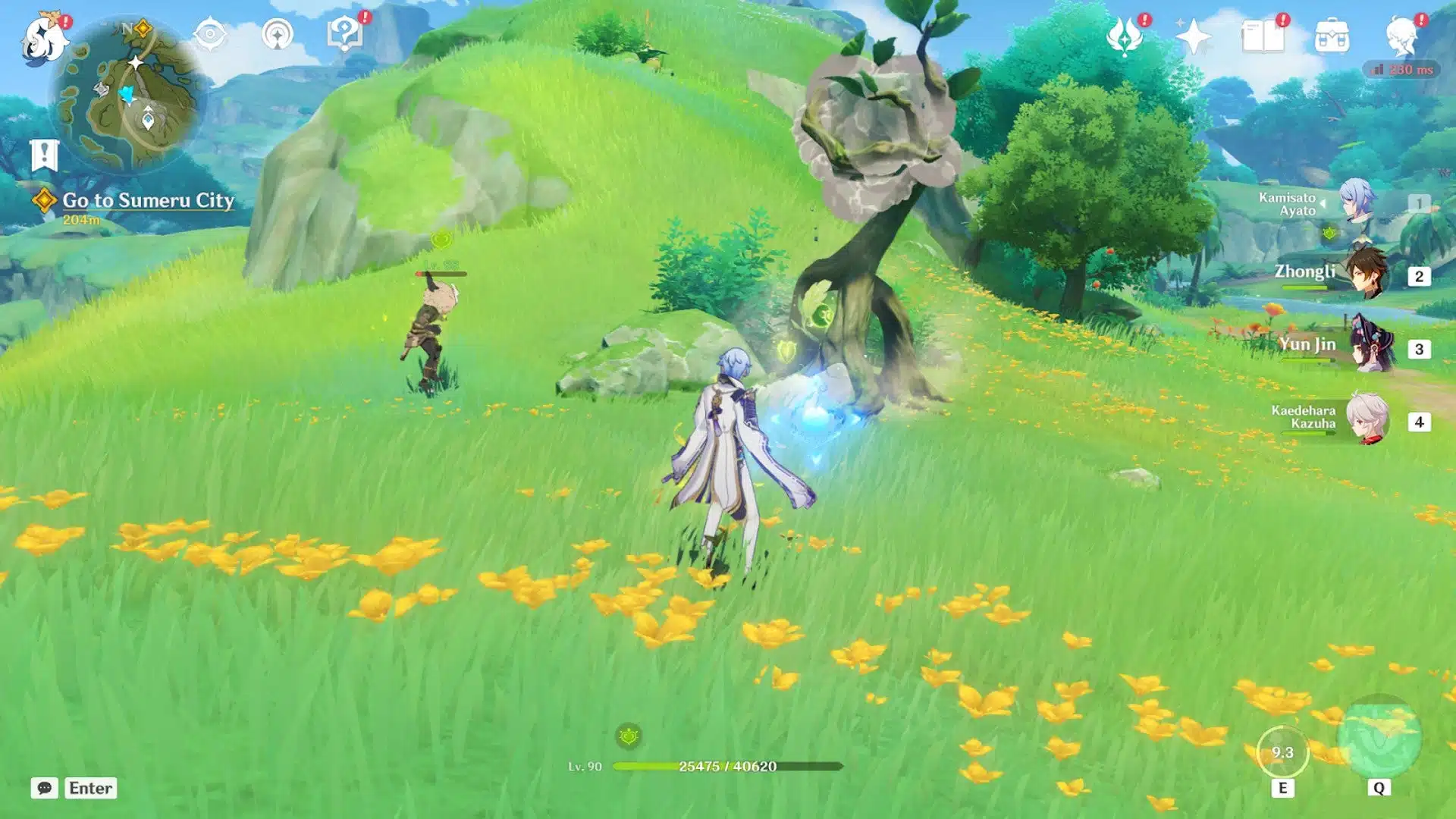
Summary and key points about JRPGs
- Japanese role-playing games (JRPGs) are a subgenre of role-playing video games that originated in Japan.
- JRPGs typically feature a fantasy or science fiction setting and follow a linear narrative structure, with the player taking on the role of a character who embarks on a quest and battles enemies in turn-based combat.
- Many JRPGs also have character customization options, such as the ability to choose the character’s name and appearance, and offer branching storylines and multiple endings based on the player’s choices.
- Some well-known examples of JRPGs include the Final Fantasy series, the Dragon Quest series, and the Pokemon series.
- JRPGs are a popular and influential genre in the video game industry, with a dedicated fan base and many successful franchises.
What is the impact of JRPGs on the video game industry?
Japanese role-playing games (JRPGs) have played a significant role in the history and evolution of the video game industry. They have inspired numerous other games and genres, and have helped to establish many of the conventions of the RPG genre.
JRPGs have a strong following and are especially popular in Japan, where they have a long and storied history. They have also gained a large and dedicated fan base around the world, and have contributed to the success and popularity of many successful franchises, such as “Final Fantasy,” “Dragon Quest,” and “Pokemon.”
JRPGs are known for their epic storylines, memorable characters, and engaging gameplay, and have helped to define the RPG genre for many players. They continue to be an important and influential part of the video game industry, and are likely to continue to be popular in the future.
A Japanese role-playing game (JRPG) is a type of video game that originated in Japan and is characterized by its focus on character development, storytelling, and turn-based combat. While JRPGs are often associated with Japan, it is important to note that not all games from Japan are JRPGs, and not all JRPGs are from Japan.
JRPGs are a specific subgenre of role-playing games (RPGs), and are defined by their gameplay and narrative conventions, not necessarily by the country of origin. For example, a game developed in the United States or Europe that follows the conventions of a JRPG could still be considered a JRPG, even if it is not developed in Japan. Similarly, a game developed in Japan that does not follow the conventions of a JRPG, such as a real-time action RPG, would not be considered a JRPG.
Therefore, while the term “JRPG” is often used to refer to games that are developed in Japan and follow the conventions of the genre, it is not necessarily defined by the country of origin.

